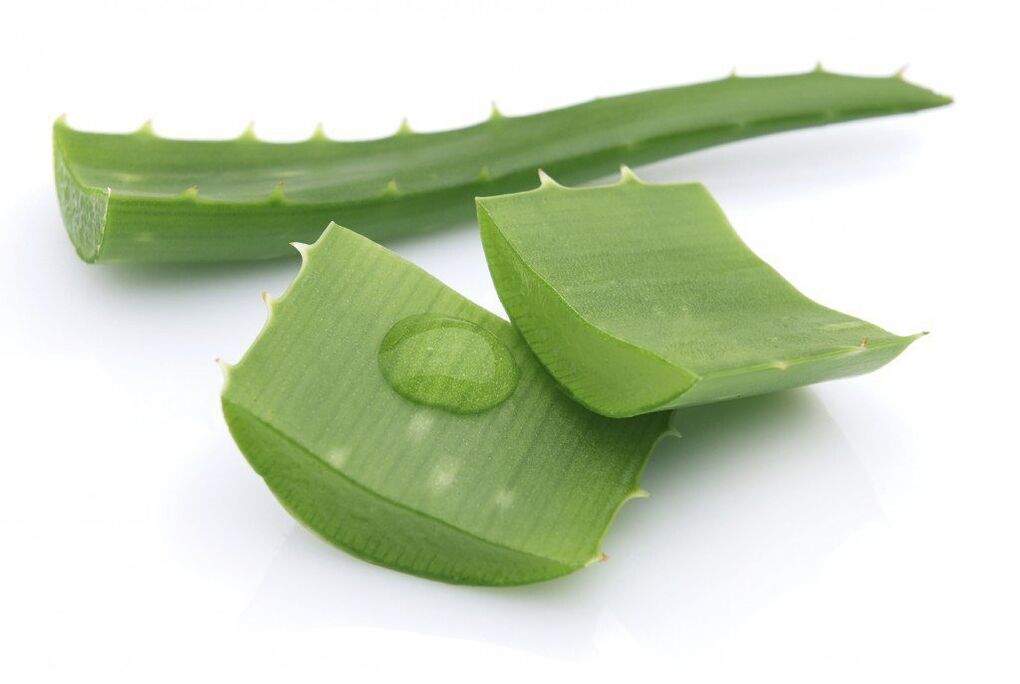Thoracic osteochondrosis is a degenerative-dystrophic disease that affects the intervertebral discs;As the pathology progresses, surrounding structures also participate in the process.Symptoms of thoracic spondylosis are very diverse, often similar to manifestations of other diseases.To diagnose this pathology, several methods are used to detect changes in the structure between the vertebrae.Treatment for osteochondrosis of the thoracic region includes both medication and non-pharmacological therapy in the form of physical therapy and massage.Many people are also interested in how to treat thoracic osteoarthritis using traditional methods.
Risk factors
Osteochondrosis of the chest most often occurs if one or more predisposing factors are present.These include:
- genetic predisposition;
- abnormalities of the spine;
- excessive physical activity;
- low physical activity;
- disc damage after falling backwards or hitting the spine;
- prolonged exposure to vibration, which, for example, often occurs in drivers;
- the presence of excess body weight;
- hormonal disorders;
- smoke;
- age over 40 years;
- wear high heels.
Characteristics of osteoarthritis of the thoracic spine
Due to the specific anatomical structure, the thoracic spine is less mobile than the cervical spine and also bears less load than the lumbar part of the lumbar spine.In this regard, cartilage degeneration in this part rarely occurs.
The most common symptoms of osteonecrosis of the chest are dorsago, back pain.Dorsago is a sharp pain that appears after a long period of time in a lying or sitting position, when a person begins to stand up.Often the pain is so intense that it becomes difficult to breathe.This condition may be accompanied by muscle tension in the chest, neck and lower back.
Back pain is chest pain that develops gradually and lasts for 2-3 weeks.The discomfort becomes stronger when bending, turning, remaining in one position for a long time, or taking deep breaths.

Other common manifestations of thoracic osteochondrosis include:
- abdominal pain, combined with nausea, vomiting, the appearance of which is not related to dietary habits;
- pain in the right lower quadrant, worse when coughing, sneezing or changing body position;
- lower back pain, reminiscent of renal colic, sometimes accompanied by urinary disorders;
- pain in the upper chest, accompanied by a feeling of a foreign object in the throat;
- persistent pain in the mammary gland.
Degree of disease
Depending on the severity of the pathological process and manifestations of the disease, 4 degrees of osteoarthritis are distinguished.
Firstly
At this stage, cracks form in the annulus fibrosus, through which the nucleus pulposus penetrates.Pain at the site of injury is a sign of thoracic osteonecrosis at this stage.They can be continuous or appear suddenly, in the form of low back pain.Sometimes a feeling of discomfort appears in the heart area and local muscle contractions are noted.
Monday
This stage is characterized by the appearance of pathological movements between the vertebrae at the site of damage.The pain occurs when staying in one position for a long time and is prolonged by movement.
Tuesday
This stage is characterized by the rupture of the annulus fibrosus and the escape of the nucleus pulposus beyond its limits.Such pathological changes are accompanied by the formation of intervertebral hernias.The latter can compress nerve fibers, blood vessels, and the spinal cord.
Pain occurs more often and is accompanied by breathing problems and discomfort in the heart area.
Wednesday
The pathological process involves the structures surrounding the intervertebral disc.The ligamentous system of the spine is affected andbone spurs- Bone growth compresses nerve fibers, sometimes damaging the spinal cord.
Complications may occur
When osteochondrosis in the thoracic region is accompanied by compression of the spinal nerve roots, intercostal neuralgia will occur.It is characterized by acute pain in one half of the chest.The feeling of discomfort spreads from the spine to the sternum along nerve fibers and is diffuse in nature.
The pain associated with intercostal neuralgia often spreads to the abdomen, shoulder blades, arms and behind the sternum.When sympathetic fibers are damaged, the skin in the affected area will appear pale and red.The duration of a painful attack is from a few seconds to a few minutes.In the intercostal space, the patient may experience paresthesia (numbness, crawling feeling), this symptom is characteristic of the time between attacks.
Another complication of this condition is osteoarthritis of the spine.With this pathology, the joints between the vertebrae are deformed, the cartilage layer is destroyed, the ligaments are stretched and the mobility of the vertebrae relative to each other increases.In response to inflammation, spasms of the muscles surrounding the spine occur.
Then bone spurs are formed, and against the background of the formation of such tumors, the affected part of the spine loses mobility.Bone growth sometimes compresses nerve roots, causing pain and sensory disturbances.
Diagnosis of disease
The simplest way to detect osteochondrosis in the chest is to take an X-ray of the spine.This study shows the flat, uneven contours of the intervertebral discs, displacements of the bodies of adjacent vertebrae in relation to each other, and changes in their shape.
Sometimes discography is performed - X-ray examination with contrast agents.This method allows us to determine the uneven boundaries of the nucleus pulposus, characteristic of cartilage degeneration.With a pronounced pathological process, the contrast completely fills the disc, sometimes exceeding its limits.
More accurate images of the spine can be obtained using computed tomography and magnetic resonance imaging.These methods help to assess in more detail the severity of the degenerative process, determine the presence of a hernia, its location and size.
If symptoms of thoracic osteoarthritis appear, your doctor may also recommend a general blood test as an auxiliary diagnostic method.This disease is often accompanied by a mild increase in white blood cell count and increased ESR.When blood is tested for electrolytes, there is sometimes a decrease in calcium levels.
Symptoms of thoracic osteochondrosis are similar to those of many diseases;If they occur, a doctor should be consulted for examination and clarification of the diagnosis.If left untreated, the disease progresses and often leads to complications.
Treatment of thoracic osteoarthritis: gymnastics and exercise therapy
Gymnastics increases mobility in the vertebral and costal joints of the thoracic region, reduces the feeling of stiffness and eliminates muscle spasms.
Before treating breast cartilage degeneration at home with exercise therapy, you need to make sure there are no contraindications.Fitness classes are prohibited when:
- acute exacerbation of osteoarthritis;
- Early recovery time after surgery to treat osteoarthritis;
- neurological pathology accompanied by poor coordination of movements;
- high blood pressure, arrhythmia;
- exacerbation of any chronic disease, acute inflammatory and infectious processes.
Massage
Massage helps improve blood circulation in the tissues surrounding the spine, eliminate muscle spasms, and also increase their tone.Against this background, pain and discomfort in the back area decrease.
For thoracic osteoarthritis, the following massage types can be used:
- Classic.
- Points (affects certain points).
- Fractional (back massage in the chest area, aimed at improving local blood circulation).
- Cupping (exposing the affected areas with a vacuum).

Classic massage includes rubbing, stroking, kneading, vibrating movements and pinching.
Treatment with medication
Medical treatment for thoracic osteoarthritis aims to:
- reduces inflammatory processes;
- eliminate pain;
- reduces muscle spasms;
- Improves the condition of cartilage and nerve tissue.
The medications most commonly used to treat symptoms of thoracic osteoarthritis are nonsteroidal anti-inflammatory drugs.These drugs block inflammatory reactions that occur in nerve fibers, leading to pain relief.This capital is used in the form of:
- Tablet.
- Ointments, gels.
- Injectable drugs.
Nonsteroidal anti-inflammatory drug injections are used to aggravate the disease.
The most common side effects of nonsteroidal anti-inflammatory drugs include damage to the mucous membrane of the digestive tract with the formation of ulcers, decreased blood clotting, kidney damage and allergic reactions.
Treating thoracic cartilage degeneration with drugs belonging to the group of muscle relaxants can reduce muscle spasms around the spine, compression of nerve endings and blood vessels, leading to reduced pain intensity.
Chondroprotectors normalize metabolic processes in cartilage tissue and prevent its destruction.The composition of these products includes chondroitin sulfate, glucosamine, they participate in the synthesis of connective tissue.
Preparations containing B vitamins improve metabolic processes in damaged nerve fibers, which leads to inhibition of inflammatory reactions.
Folk remedies to treat thoracic osteoarthritis
Treatment of osteochondrosis of the chest area at home includes the use of ointments, compresses and drinking various infusions and decoctions.They help reduce the severity of inflammation, improve metabolism in the affected areas of the spine and relieve pain.
Ointments and compresses with natural ingredients
Before treating mammary osteochondrosis with these drugs, it is important to prepare them properly.To get egg vinegar ointment, you need to mix one chicken egg with the same amount of table vinegar, add 100 grams of softened butter to them and bring the mixture to a homogeneous state.This ointment is applied to the affected area overnight in a thin layer.
To make another product, you need to mix 2 tablespoons of crushed sage and banana leaves.Add 40 grams of melted Vaseline and 50 ml of olive oil to the plant.All components are thoroughly mixed, the resulting ointment is applied to the affected area with rubbing movements and a warm cloth is applied on top.The procedure can be repeated 2-3 times a day.
To prepare one of the most effective compresses, you need to prepare 50 grams of aloe vera leaves, 100 ml of vodka, 100 grams of honey.Aloe vera is crushed with a blender and the remaining ingredients are added.The preparation is infused for 5 days.The product is applied to the area where pain is felt, polyethylene is placed on the skin of the back and a scarf or scarf is wrapped on the chest.The compress is left for 2 hours.

Infusions, tinctures, decoctions
To prepare an anti-inflammatory decoction, you need to mix a spoonful of dried chamomile and mint.300 ml of hot water is added to the plant material, after which the composition is boiled for 10 minutes in a water bath.The composition is taken 2 tablespoons three times a day.
To obtain an infusion with pronounced anti-inflammatory properties, you need to take 2 spoons of strawberry and birch leaves, 3 spoons of chamomile, calendula flowers, a spoonful of St. John's wort.John, 10 grams of oak bark.The listed ingredients are mixed, 2 tablespoons of this composition are poured with a liter of boiling water and left for 4 hours.This infusion should be taken 100 ml 3 times a day.
To obtain arnica tincture, 25 grams of plant flowers are poured with half a liter of vodka.The product is placed for a month in a cool, dark place.The medicine is taken 20 drops three times a day, after dissolving in a small amount of water.This remedy improves metabolic processes in the affected areas of the spine and reduces the severity of the inflammatory reaction.

prevent
To prevent the development of breast osteonecrosis, you should:
- stop smoking and abusing alcoholic beverages;
- normalize nutrition, reduce the content of fatty, fried foods in the diet;
- maintain optimal body weight;
- Avoid lifting heavy objects and overexertion.
Complex treatment of thoracic osteoarthritis, including drug therapy, massage, exercise, is aimed at reducing inflammation, muscle spasms and eliminating pain.Traditional methods act as auxiliary measures, helping to improve the efficiency of other ongoing activities.



























